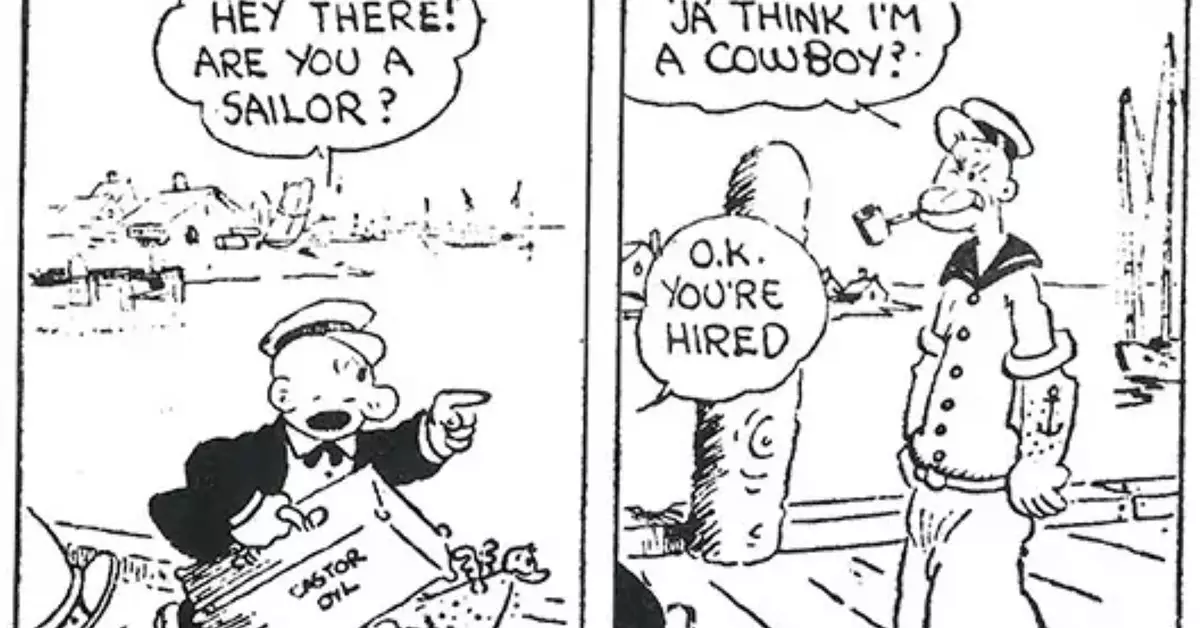As the calendar flips to a new year, the world of creativity and artistic expression stands at the brink of renewal, thanks to the continuous expansion of public domain works. The year 2023 marks a significant milestone as thousands of creative pieces from 1929, a year that laid foundational stones for modern entertainment, are set to enter the public domain in the United States. This transition offers both a treasure trove of classic art forms and an exciting opportunity for contemporary creators to revisit and revitalize narratives that have shaped cultural history.
A Historical Context: The Creative Explosion of 1929
The year 1929 was not only significant for the arts but also for the technological evolution it heralded, particularly in film. It was the first year that saw sound being integrated into motion pictures, a transformation that revolutionized the film industry. Iconic works like Alfred Hitchcock’s *Blackmail*, a groundbreaking early sound film, and *The Skeleton Dance* from Disney’s *Silly Symphonies*, illustrate the innovative spirit of the era. These creations, along with others, are now freed from copyright restrictions, presenting an array of opportunities for adaptation, remixing, and fresh interpretations by today’s artists.
In addition to films, literature from this pivotal year like Virginia Woolf’s *A Room of One’s Own* and Ernest Hemingway’s *A Farewell to Arms* are now available. These texts resonate with themes of identity, conflict, and the human experience, ensuring their continued relevance in academic and literary discussions. The influx of these literary works into the public domain not only reinforces their historical significance but also fosters a spirit of innovation as contemporary writers can draw from their themes, styles, and characters.
Among the most notable releases this year is E.C. Segar’s original depiction of Popeye, who first appeared in the comic strip *Thimble Theatre*. Interestingly, this earlier iteration of Popeye lacks the iconic spinach-fueled strength that became his trademark in later adaptations. This nuance opens up intriguing avenues for character development and storytelling that modern creators can explore. The full essence of Popeye, complete with his witty banter and rugged charm, is fair game for new interpretations. Jennifer Jenkins, the director of Duke’s Center for the Study of the Public Domain, emphasizes the importance of preserving the original spirit of these characters while also allowing room for creativity.
Similarly, the beloved character Tintin, accompanied by his faithful dog Snowy, also joins the legacy of public domain icons. Created by Hergé, Tintin’s adventures have captivated many across generations, although copyright limitations differ between the US and the EU. Tintin’s journey into the public domain offers a chance for fresh narratives and visual retellings that retain the essence of Hergé’s original work while potentially introducing new cultures and contexts into the stories.
The entrance of these classic works into the public domain presents both challenges and opportunities for today’s creators. On one hand, there are concerns regarding respect and fidelity to the original characters and stories, especially when they are reimagined for modern audiences. On the other hand, the freedom to utilize these iconic elements without the fear of infringing on copyright laws encourages innovation. As seen with the recent adaptations in film, television, and theater, the creative industry can thrive on such rich histories and rediscoveries.
As audiences connect with these renewed narratives, a new trend in entertainment can emerge, rejuvenating interests in these classic characters. Productions that integrate Popeye, Tintin, and other public domain figures into modern contexts could capture contemporary themes while celebrating the charm of their origins.
2023 heralds an exhilarating chapter for artists and storytellers as they gain access to a diverse range of cultural artifacts once locked away by copyright. With characters like Popeye and Tintin now able to inspire new stories and interpretations, the landscape of creative media stands ready for innovation. This open accessibility serves as a reminder that while laws may establish ownership, creativity is an ever-flowing ocean that thrives on reinterpretation and renewal. As creators dive into the depths of this newfound freedom, the potential to forge connections between past and present grows, enriching the cultural tapestry for future generations.

